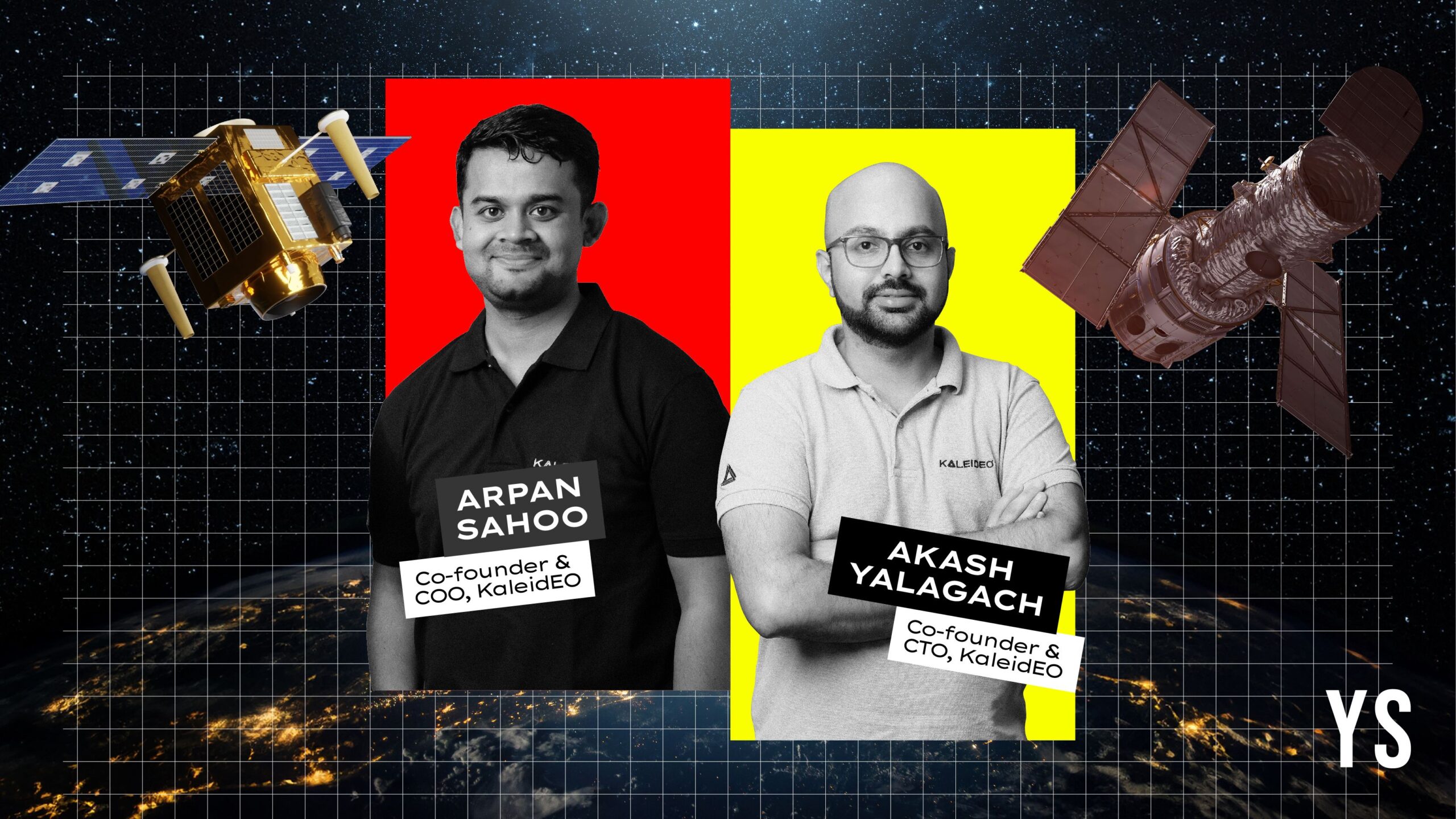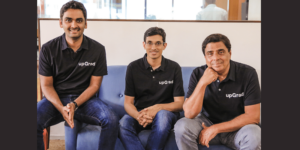While space may be unbound, the number of Earth observation (EO) satellites in orbit is limited. As of December 2023, there are only 1,167 EO satellites orbiting the planet, which puts a cap on the operations and aims of India’s booming space tech sector.
Startups like SatSure, which uses satellite imagery to build downstream applications for industries like banking, agriculture, insurance and infrastructure, face limitations in use case mapping and delays in access to data.
“We were delivering for a large infrastructure client with . Our team reached out to a commercial hi-res EO satellite operator and found that it would take around 34 days to cover an area of 180 sq km. When a customer needs a service delivery of 15-20 days, just getting access to imagery sometimes becomes challenging,” explains Arpan Sahoo, who was AVP of programme management at SatSure.
This experience highlighted the problem of a supply-first approach as EO satellites often lack vertical, use-case-specific features.
Sahoo and Akash Yalagach, who was AVP for Space at SatSure, are now solving the issue for commercial applications with KaleidEO. Launched in 2022, the space tech startup takes a demand-first approach by reverse engineering payload requirements that fit specific use cases.
By deploying high-resolution sensors in payloads and using edge computing, KaleidEO says it can process images in space within 90 seconds, which can particularly benefit applications like natural disaster relief and national security.
“KaleidEO, which started as a project at SatSure, is today established as a separate entity,” adds Co-founder and COO Sahoo.
What does it solve?
KaleidEO aims to target both space tech and non-space tech players across the entire EO value chain with its ‘EO-infrastructure-as-a-service’ (EO-IaaS) offering.
“We are trying to solve for the entire earth observation value chain by helping everyone maximise the value generated from EO by offering payload and satellite manufacturing; satellite launch, in-orbit operations, and data and insights generation,” Sahoo tells YourStory.
The startup addresses the requirement for payloads to be designed for specific use cases such as vegetation monitoring or change detection at high resolution at a high frequency for infrastructure applications.
“KaleidEO takes a ‘demand-first’ approach where the payload features are built to suit specific use cases in the industry. For instance, KaleidEO recently announced its 1.2m resolution payload which has potentially the highest swath (area coverage) offering from India (65 km) and will allow for access to very high frequency of data over large areas that can be scanned within a single pass,” he explains.
The company’s upstream approach builds on traditional satellite payloads meant for broader applications while managing the problem of asset prioritisation. Government and strategic users are given preference for satellite use to capture images in a specific location—and the higher the resolution of the image, the lower the swath. This results in commercial users getting delayed access to satellite data and the holdup can sometimes run over weeks.
KaleidEO’s assets are tailored towards commercial applications and employ automation to eliminate the need for stitching multiple images together to capture a large area.
“Apart from this, the payload also employs forward motion compensation, half-pixel shift methodology for super-resolving captured images, and edge computing in space, further improving detail, accuracy and timeliness of the data,” Sahoo adds.

Team KaleidEO
Its payload is currently at Technology Readiness Level 6, which indicates a fully functional prototype. The payload operates in six bands to enable the identification and analysis of diverse features such as vegetation health condition, moisture condition, water body and soil features.
“This enables versatile use applications, supporting large area analytics applications in the areas of crop monitoring, forest health assessment, urban planning, infrastructure asset monitoring, and strategic applications,” he remarks.
KaleidEO is also solving for the lack of integrated data structure while generating insights from satellite imagery.
“The objective is to help our clients focus on their final applications without the hassles of the backend EO data acquisition and Analytics Ready Data (ARD) operations. KaleidEO offers sensor-to-ARD support and a customised data pipeline for different sensors and analytics, as per the requirements of the clients,” says Sahoo.
Business opportunity
KaleidEO acts as an architect for clients seeking satellite data and insights, whether with ownership of satellite infrastructure or without.
“Our unique approach emphasises bottom-up vertical integration in the EO value chain, consolidating requirements only after achieving a solution-market fit for applications using existing satellite imagery,” says Sahoo, adding that KaleidEO’s EO-IaaS offerings enable optimal capex and high re-utilisation through innovation in the business model, data delivery and consumption.
The Bengaluru-based startup is operating in an emerging sector boosted by deregulation and high investor interest, sprouting competitors including BlackSky, Satellogic, and Spire.
Since the start of the decade, the government has taken several measures to boost private participation in the space sector, including setting up IN-SPACe, introducing the National Geospatial policy to expand the access and usage of spatial data, and amending the Foreign Direct Investment (FDI) Policy to allow up to 74% FDI in the sector. In the Union Budget 2024, Finance Minister Nirmala Sitharaman announced setting up a Rs 1,000-crore venture capital (VC) fund to support entrepreneurship and innovation in the space sector.
“This initiative will be transformative in building sovereign capabilities, fostering local IP creation, and driving innovation. These funds will enable startups to attract talent, establish local facilities, and develop export potential for the next decade,” Sahoo remarks.
These forward-looking policies have attracted investor interest, with India’s space tech sector receiving a record $123 million in 2023, according to Tracxn’s Space Tech Geo Report 2024.
Funding and way ahead
After onboarding national and international space agencies as clients, KaleidEO is now actively looking for funding to fuel its growth. It is also working with partners to explore opportunities for the payload offerings, which it aerial tested in April.
The startup recently completed the preliminary design review of its payload’s avionics architecture and the software stack for the European Space Agency’s InCubed programme by its partner ReOrbit, a Helsinki-based provider of software-first satellites.
“The team is now working with ReOrbit for an in-orbit demonstration of the technology,” he notes, adding the company will showcase satellite-to-satellite and satellite-to-ground communication.










